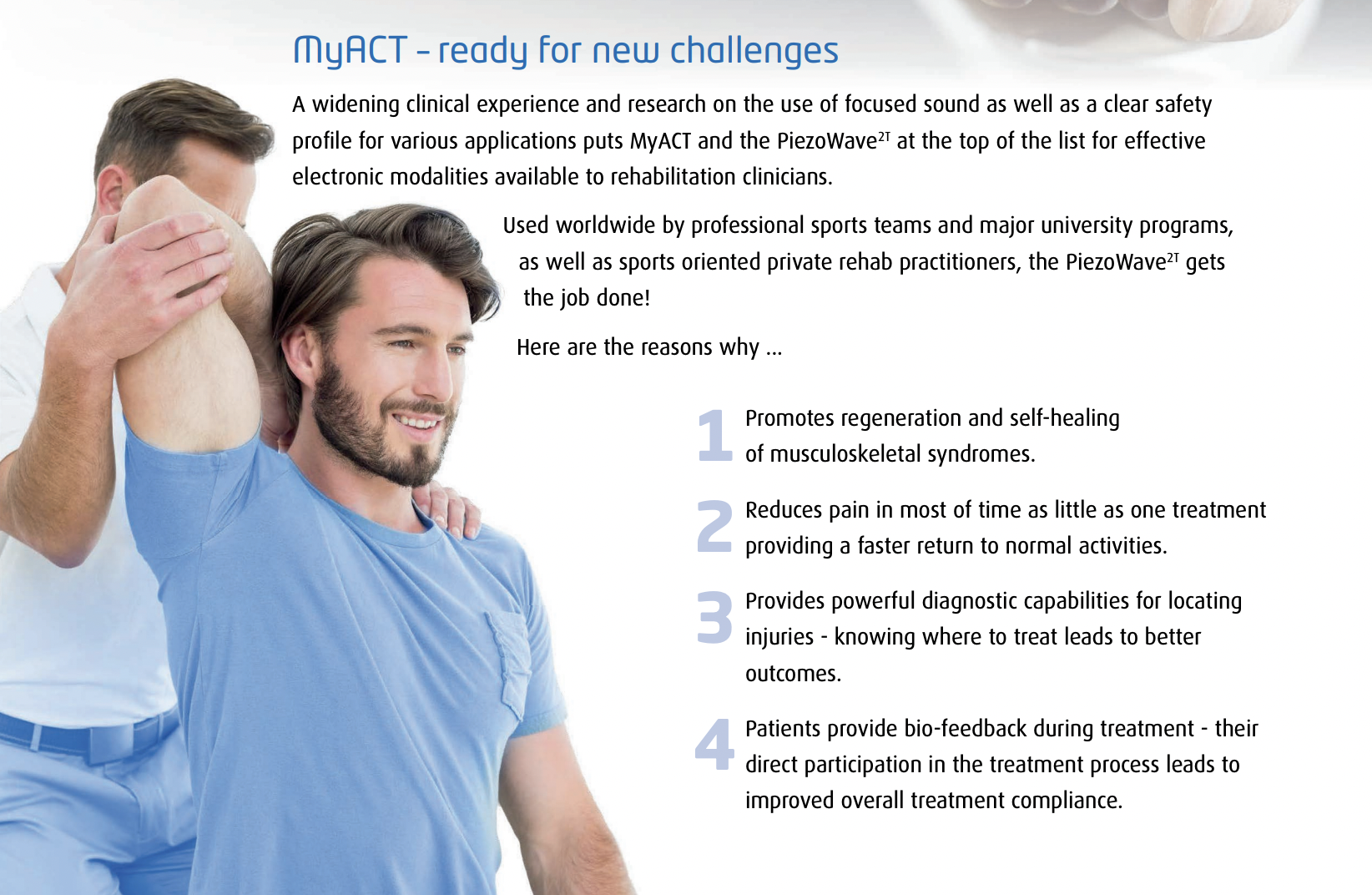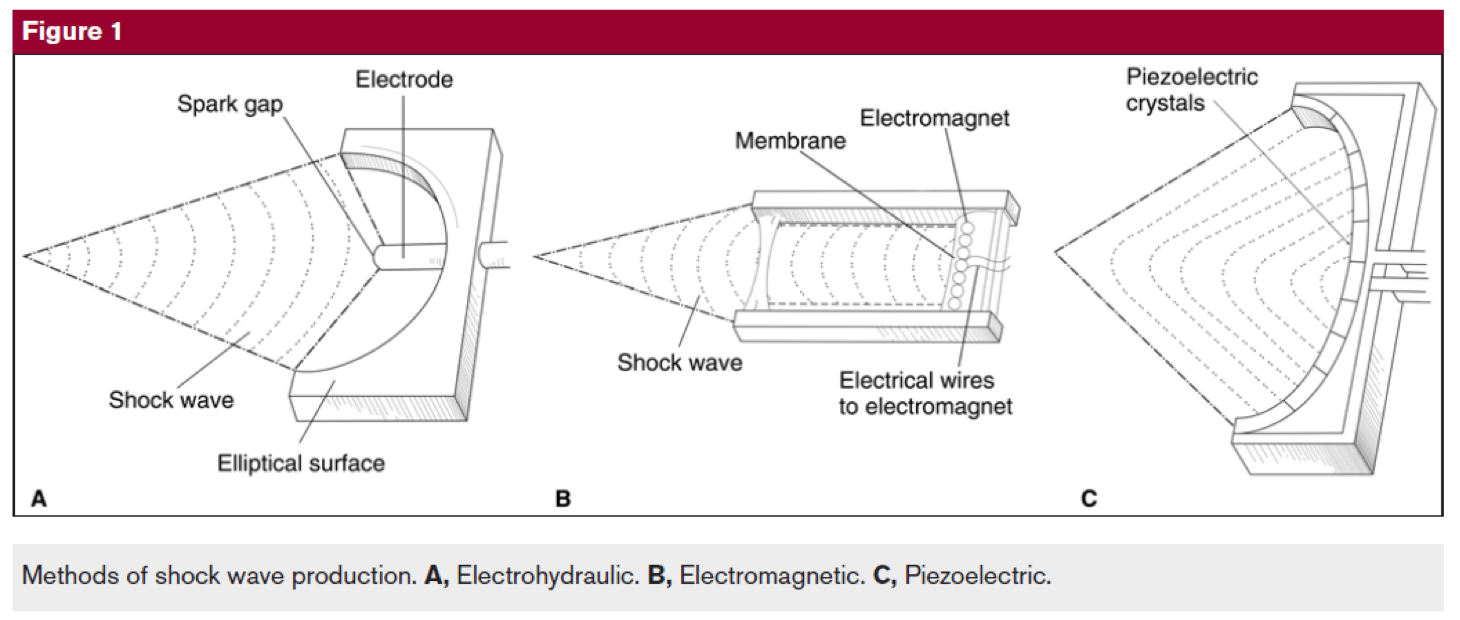
Understanding Extracorporeal Shockwave Therapy (ESWT): Benefits and Applications
“Some things you have to do every day. Eating seven apples on Saturday night instead of one a day just isn’t going to get the job done.” – Jim Rohn
Introduction
Extracorporeal shockwave therapy (ESWT) uses acoustic (sound) shock waves noninvasively to treat various conditions. It has become a ground-breaking therapy in the field of regenerative medicine, but it has not been without doubts and undue comparisons to other therapies that preceded this more highly focused wave. Further, ESWT using PiezoWave has even greater advantages over other types of shockwave therapy.

What is Extracorporeal Shockwave Therapy?
Extracorporeal shockwave therapy (ESWT) treats musculoskeletal conditions, such as tendinopathies, plantar fasciitis, and calcific shoulder tendinitis. The term “extracorporeal” means the shock waves are generated outside the body and then focused on the affected area.
The source of shockwaves are mechanical forces generated directly at the treatment site, often through a handheld device that creates pressure waves. These mechanical forces stimulate healing, increase blood flow, and promote tissue regeneration.
Is ESWT effective for pain relief?
With a more exact force than others, ESWT is very precise, making it suitable for deeper and more localized conditions, and pain mapping; while therapies like radial pressure are less precise and more diffused; often used for broader or more superficial conditions, like soft tissue, calcific deposits, and trigger points.
For ESWT, the depth of penetration is not only more targeted, but it can be adjusted depending on the condition being treated, allowing precise targeting of deep-seated tissues such as tendons, ligaments, bones, and muscles.

More Technical Breakdown of Extracorporeal Shockwave Therapy (ESWT)
ESWT involves the application of shock waves to injured tissues, promoting healing and pain relief. These shockwaves are high-energy sound waves that stimulate cellular repair and regeneration.
Key Mechanisms:
Acoustic Pulses with High Positive Pressure: Up to 100 MPa
Fast and Steep Rise Time: Ensures precise delivery of energy
Small Negative Pressure: Facilitates targeted treatment without significant tissue damage
Mechanotransduction in PiezoWave ESWT
Mechanotransduction is the process by which mechanical stimuli are converted into biochemical signals. StemWave ESWT uses mechanotransduction to stimulate cellular repair and regeneration. The mechanical input from the shock wave is registered by tissues, triggering various biochemical changes such as:
Changes in Voltage-Gated Sodium Channels: Modulate cellular activity
Macrophage Phenotype Change (M1 to M2): Reduces inflammation and promotes healing
Upregulation of Immune Function: Enhances the body’s natural healing processes
Stem Cell Recruitment: Through Toll-Like Receptor 3 (TLR3) activation, aiding tissue repair
Benefits of StemWave ESWT
With a more exact force than others, ESWT is precise, making it suitable for deeper and more localized conditions, and pain mapping.
A more Technical Breakdown of Alternative Therapies to ESWT
Radial Pressure Waves
Make longer
Radial Pressure Waves: An Overview of Their Characteristics and Limitations In the context of wave-based therapies, radial pressure waves present a unique profile marked by a gradual steeping effect and a notable slowness in their rise time. This particular categorization of waves is known for their primary dissipation of energy right at the level of the skin surface. Such a dispersion pattern makes them comparatively less suitable when it comes to addressing conditions that are situated within deeper layers of tissue. Expanding on their functional attributes, radial waves are characterized as being rather imprecise shockwaves.
Unlike their counterparts that deliver high-precision, targeted shockwaves, radial waves lack this ability to focus, which can be a critical factor in their application. The accuracy of the shockwaves is essential when dealing with localized treatment areas that need specific attention, and this is where radial waves fall short. It's imperative to understand that due to the imprecision and the surface level energy distribution, the efficacy of radial pressure waves is constrained. They aren't the optimal choice for scenarios where deep tissue repair or treatment is necessary.

Radial pressure waves find their applications limited by these inherent characteristics, which certainly affects the range of conditions that can be effectively managed using this form of wave therapy. Overall, while radial pressure waves have a role to play in the therapeutic landscape, their distinctive low steeping effect coupled with a slow rise time, as well as their inability to focus energy deeply and accurately, make them less advantageous in the therapeutic context where depth and precision are paramount. The nuances of these waves should thus be thoroughly considered when determining the most appropriate treatment approach for deep tissue conditions.
What are the Clinical Applications of PiezoWave ESWT?
PiezoWave ESWT has been validated for various clinical applications, offering high success rates for specific conditions like plantar fasciitis and elbow tendinopathy.
Research shows its effectiveness in treating:
Peripheral Nerve Regeneration: Enhances nerve repair and reduces neuropathy symptoms.
Diabetic Neuropathy: Alleviates pain and promotes tissue repair.
Cardiac Tissue Regeneration: Reduces inflammation and aids heart tissue recovery.
Musculoskeletal Disorders: Effective for conditions like Achilles tendinopathy, lateral epicondylitis, and greater trochanteric pain syndrome.
Chronic Pain Management: Provides significant relief for chronic low back pain and other persistent conditions.
Safety and Regulatory Considerations
PiezoWave ESWT is safe when administered correctly. Proper training ensures that practitioners can maximize the benefits while minimizing risks. The Dedes et al. study confirms its safety and efficacy in various tendinopathies, with no significant side effects reported.
